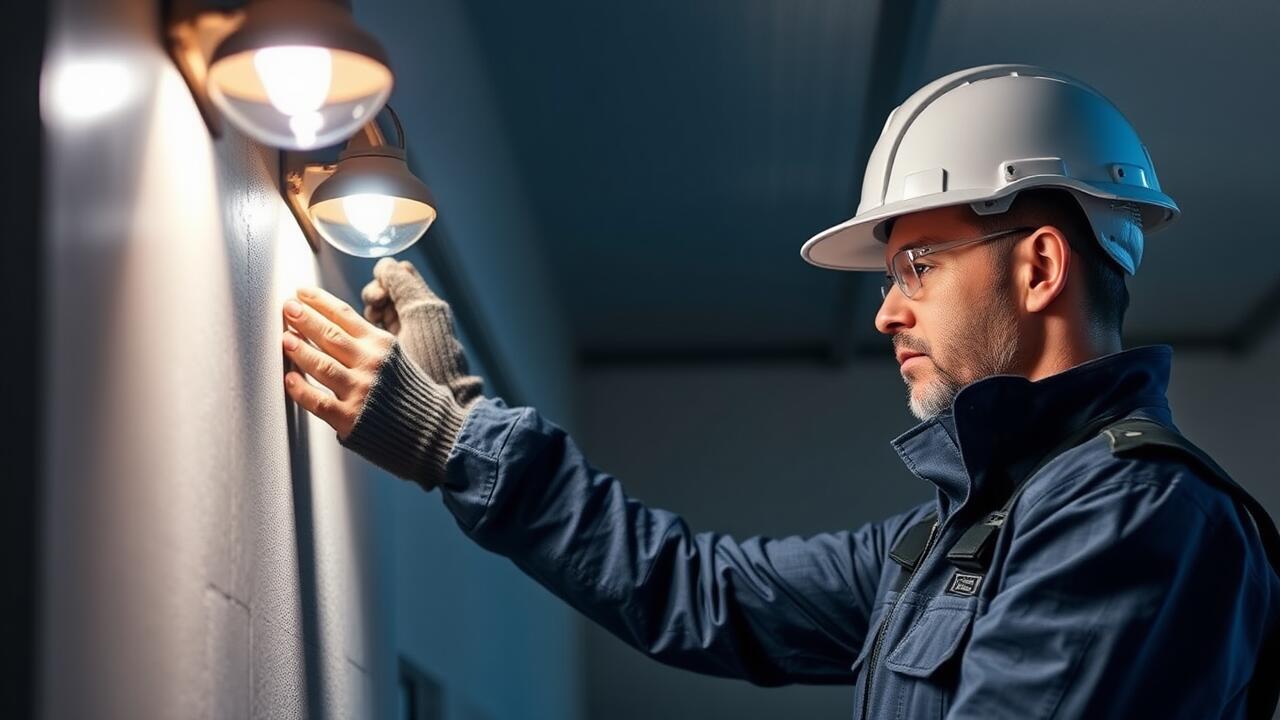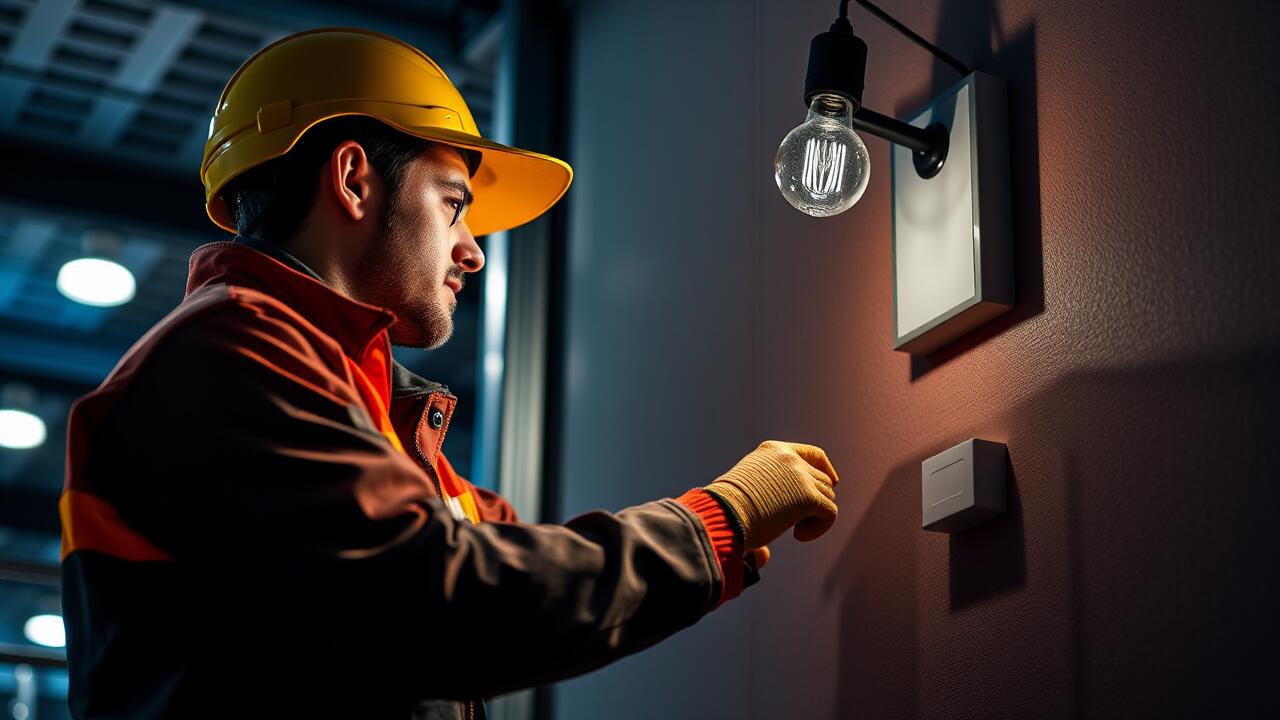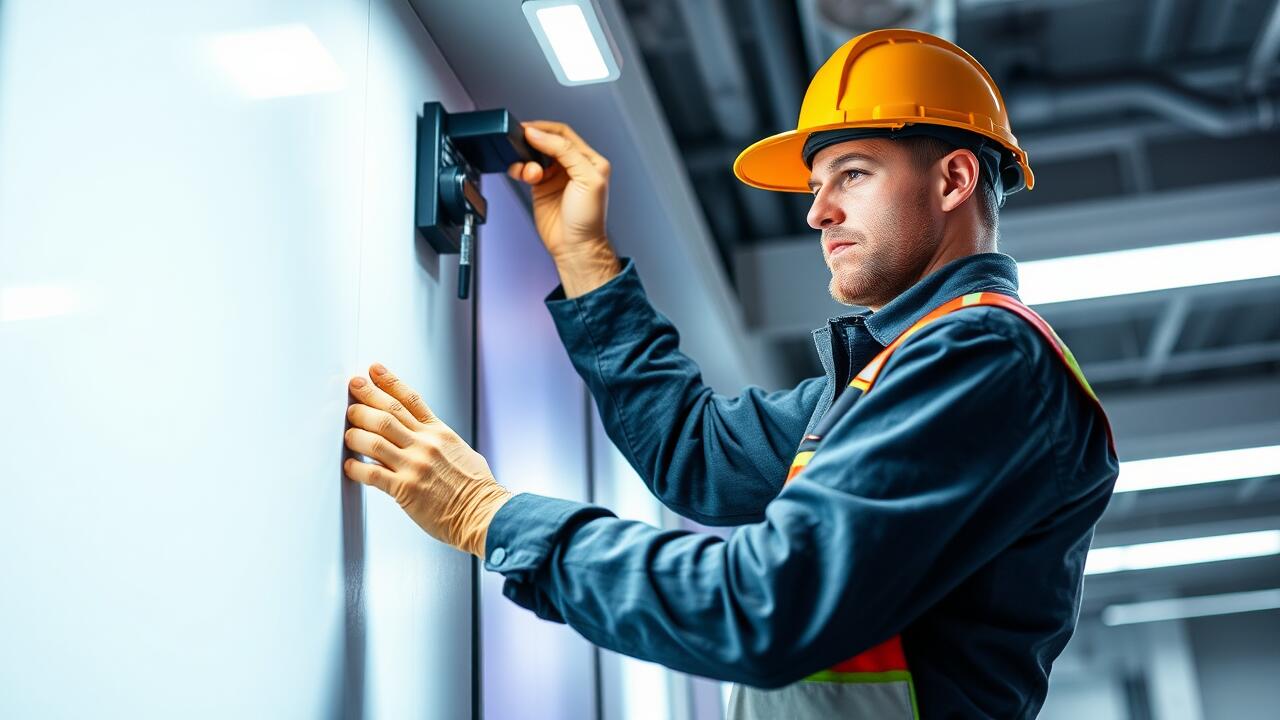
Energy Efficiency of Motion Sensor Lights
Motion sensor lights are known for their energy efficiency, primarily due to their ability to turn on and off automatically based on occupancy. This feature significantly reduces energy wastage, ensuring that lights are only in use when necessary. Homeowners can expect lower electricity bills as these lights minimize the time conventional bulbs remain lit. In many cases, replacing traditional lighting with motion sensor options results in noticeable savings over time.
For those considering a switch to these energy-efficient solutions, professional assistance can enhance the benefits. Local experts in Lighting Installation Westchase, Houston, can offer guidance on selecting the right fixtures and positioning them for optimal effectiveness. The right installation ensures that the sensors function properly, reducing the chances of leaving lights on unnecessarily while maximizing the overall energy savings in a home.
Reducing Electricity Costs
Motion sensor lighting significantly cuts down on electricity costs by ensuring that lights are only active when necessary. This technology detects movement and automatically turns lights on or off, reducing unnecessary energy usage. Homeowners can enjoy increased savings on their electricity bills without sacrificing security or convenience. The initial investment in such systems often pays dividends in long-term energy savings.
Choosing a professional service for installation can further enhance these benefits. For those in the area, considering expert assistance from companies specializing in Lighting Installation Westchase, Houston, can ensure that the sensors are correctly configured for maximum efficiency. Proper installation helps to minimize instances of wasted energy, as well as optimize the overall performance of the lighting system. This investment not only fosters energy conservation but also contributes to a greener lifestyle.
Installation Tips for Motion Sensor Lighting
When considering motion sensor lighting, proper installation is key to ensuring optimal performance. Start by selecting the right location for the sensors. Areas with high foot traffic, such as driveways, pathways, and entryways, benefit greatly from motion-activated lights. Additionally, ensure that the sensors are positioned to avoid obstructions like trees or walls that might block movement detection. For those in need of expert assistance, local services like Lighting Installation Gulfton, Houston can provide guidance on ideal placements.
Before installing, check the sensor’s sensitivity settings. Too high a sensitivity may cause the light to activate unnecessarily, while too low may miss motion altogether. After installation, test the lights at different times of day to make sure they function correctly. Adjust the angles to capture movements effectively. A well-planned installation not only enhances security but also improves energy efficiency.
Proper Placement for Optimal Performance
Effective placement of motion sensor lights can significantly enhance their performance and overall utility. When installing these fixtures, consider the primary areas that require illumination, such as entryways, garages, and walkways. Mounting the sensors at an appropriate height, typically between six to eight feet from the ground, ensures optimal detection of movement. Avoid positions that might be obstructed by trees, fences, or any other physical barriers, as these can hinder the sensor's field of view.
Incorporating environmental factors into your planning is essential for maximizing effectiveness. Direct sunlight can interfere with some motion sensors, leading to false triggers or malfunctions. It may be beneficial to consult professionals who specialize in lighting installation, like those at Lighting Installation Westchase, Houston, for strategic advice tailored to your property. They can help you identify ideal spots for placement and discuss how to mitigate issues caused by environmental conditions.
Troubleshooting Common Issues
Motion sensor lights often encounter issues such as false triggers and sensitivity problems. To address false triggers, check for any nearby movement sources like trees, animals, or vehicles that might be causing unwanted activation. Adjusting the sensitivity settings can also help reduce these occurrences. If the sensors are overly sensitive, consider relocating the unit or calibrating it according to the manufacturer’s instructions.
When facing sensitivity problems, it's essential to analyze the installation site. Factors such as obstructions or improper positioning can affect the sensor's ability to detect movement adequately. Ensure that the sensor has a clear line of sight and is installed at the recommended height. For those seeking professional assistance, Lighting Installation Westchase, Houston, offers expert guidance and installation services to resolve any issues effectively.
Addressing False Triggers and Sensitivity Problems
False triggers in motion sensor lighting can result from several factors, including environmental conditions and sensor sensitivity levels. Leaves rustling, passing vehicles, or even small animals may cause the lights to activate unexpectedly. Adjusting the sensitivity settings on the motion detector can help mitigate these issues. Many models allow users to customize sensitivity according to their specific surroundings, which can effectively reduce false alarms.
In addition to sensitivity adjustments, optimizing the placement of motion sensors is crucial in preventing unwanted activations. Installing lights in locations shielded from wind or movement can enhance their performance. Professionals with experience in Lighting Installation Westchase, Houston frequently recommend positioning sensors at strategic angles to minimize interference from non-target motion. This not only improves functionality but also enhances the overall efficiency of the lighting system.
FAQS
What are the main benefits of using motion sensor lighting?
Motion sensor lighting offers several benefits, including energy efficiency, reduced electricity costs, enhanced security, and convenience by automatically turning on when motion is detected.
How do motion sensor lights help reduce electricity costs?
Motion sensor lights save energy by only activating when someone is present, which prevents unnecessary usage and reduces the overall electricity bill.
What are some tips for installing motion sensor lighting?
Ensure that you choose the right location for installation, consider the angle of motion detection, keep the sensors clear from obstructions, and follow the manufacturer's guidelines for wiring and mounting.
How can I determine the proper placement for motion sensor lighting?
Proper placement involves assessing high-traffic areas, avoiding direct sunlight which can cause false triggers, and installing the lights at a height that maximizes detection range while minimizing blind spots.
What should I do if my motion sensor light is triggering falsely?
Check for potential causes such as pets, moving branches, or passing cars that may be within the sensor's range. Adjusting the sensitivity setting or repositioning the sensor may also resolve the issue.





